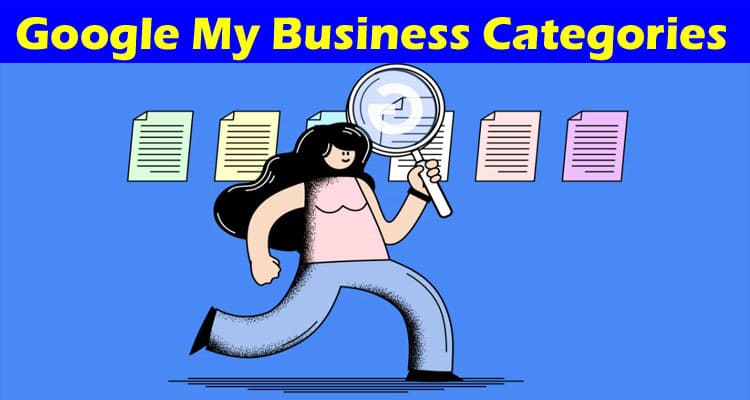When deciding which categories to use for your business listings, there are many things to consider. You will want to determine which are your primary categories and which are secondary. Once you know your primary and secondary types, you can begin optimizing your listing.
Select a primary category
Choosing the correct category for your Google My Business listing can significantly impact how search engines and customers view your business. Understanding your business is the first step in determining the best classification for your business. When deciding on the ideal category for your business, there are several aspects to consider. Check sites like Birdeye.com to learn more.
If you are a business with diverse services, selecting a category that reflects what you do is a good idea. For example, a bakery may choose “bakery” as its primary category, while a retail clothing store might select “Christmas clothing” as its primary category.
Choosing the correct categories will increase your ranking on local searches. However, changing types can often hurt your order. Fortunately, there are precautions you may take to avoid this.
You can use the Google My Business category tool to determine which categories match your search queries. Once you’ve found your business’s correct type, you can edit that category. It can help you optimize your GMB listing for keywords, which can help you attract more customers.
Determine the best secondary categories
Choosing the proper secondary categories for your Google My Business profile is an excellent way to boost your local search engine rankings. Not all types are created equal, and it’s essential to make sure your GMB profile is adequately categorized. You can choose from over 4,000 categories but make sure you’re selecting the appropriate category for your business.
A Google My Business dashboard is a handy tool for choosing the best category for your business. The first and most important category you should consider is the primary one. It is the category that will appear when people search for your type of business. For example, if you own a roofing company, you’ll want to choose a roofing contractor as the primary category.
There are also numerous other secondary categories to choose from. To maximize your listing, you’ll want to create at least one class with a lot of competition. Depending on the niche of your business, you may want to have multiple categories, but make sure you’re using a relevant and unique type for your business.
Lastly, using the same categories your competitors use to improve your search engine rankings is a good idea. Look at your competition’s top-performing categories and see what they’re using. If you’re a contractor, the best secondary type for your business is HVAC.
Add images
If you want to make your Google My Business page more engaging, adding a bit of imagery to your listing will pay dividends. If you add a photo to your Google My Business page, you’ll likely receive 42% more requests for directions. Of course, you won’t be able to control which photo gets shown first, but you can take measures to ensure that you’re in the running.
When uploading and labeling your photographs, various best practices exist. The most basic of these is to keep your photos under 10 MB. This small space will mean you won’t have to worry about losing quality when cropping your images. You should also ensure that the image is search engine optimized. It’s also a good idea to tag the photos in the correct category so that you avoid ending up with a bunch of duplicates.
Adding a cover photo to your Google My Business page is a must. The best cover photo is a high-quality picture of your business, not a stock image you’ve downloaded from the Internet. Another tidbit is that you’ll need a minimum resolution of 250 pixels wide and tall. While you’re at it, the best cover photo will feature a high-quality background.
Optimize your listing
If you’re a small business owner, optimize your Google My Business categories to help your business become more visible on Google Maps and Search. A good business profile on Google My Business can boost your search rankings, increase the number of customers you’re reaching, and help you engage with potential customers.
It’s easy to get started with your Google My Business Profile. Sign in to your Google account to claim your company. Once ready, you’ll need to enter your business name, physical address, and phone number. It’s also a good idea to describe your services.
You should always follow the Terms of Service for Google My Business. It means avoiding spamming your name, providing inaccurate information, and ensuring that you don’t break any laws.
There are many different ways to optimize your listing on Google My Business. Most businesses focus on optimizing their website, but you can add other elements to improve your listing.
For example, you can add images to your listing. These can be photos of the interior of your business, your team, or your work. Adding a photo can increase your ranking on Google, but you’ll need to ensure that the image is relevant to your company. Google My Business also allows you to add special hours, such as those for holidays or if you close during the day. Your listing can have a maximum of 20 service areas.


